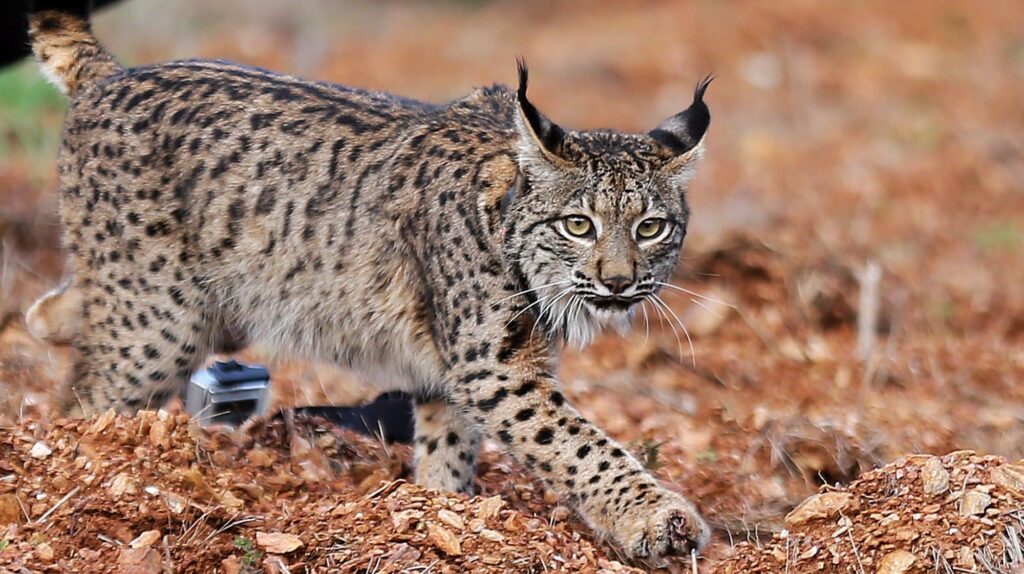An endemic species is understood to have a restricted distribution area, that is, it exists only in a certain area, and nowhere else on the planet, in the wild.
However, we can understand its area of occurrence at various scales, since a given species may exist on a single continent, in the Iberian Peninsula, in a single country, on an island, on a hill or in a single pond of water. We speak, then, of its occurrence on a macro or micro scale.
Have you ever wondered why we call it an Iberian wolf, when referring to the wolf that inhabits, among other territories, the Montesinho Natural Park? Or Iberian lynx, when talking about Europe's most endangered feline? That's right, it means that they are distributed only in the Iberian Peninsula.
But how do endemic species arise?
Endemisms occur and result from the evolution of a population that is usually isolated from the rest of its species. Isolation can result from several factors, including the fragmentation of its habitat, due to, for example, a fire, the construction of a road or climatological phenomena, such as glaciations.
The population that is isolated from the rest of its species continues to reproduce and evolve separately, thus giving rise to another species, which is called speciation. Endemisms arise in both animals and plants, being more frequent in species with reduced mobility.
Did you know that in the Montesinho Natural Park you can observe about 50% of the Iberian reptiles and amphibians found in mainland Portugal?
Did you know that the Massif de Morais, in the municipality of Macedo de Cavaleiros, is an area of great geological interest in Portugal, since it is one of the largest continuous areas of serpentinites and associated with its geological wealth there are serpentine endemisms that emerged due to nature from soil?
The archipelagos of the Azores and Madeira are also places where several speciation occurred, being formed by islands rich in endemic species.
When endemisms are located in very small or degraded areas (mainly due to human action), they have become a matter of concern regarding their conservation, since they are species more likely to disappear, leading to their extinction and a decrease in the biodiversity and, consequently, to an impoverishment of our planet.
Author: Clotilde Nogueira is a Science Communicator and Monitor at the Ciência Viva Center in Bragança




















Comments